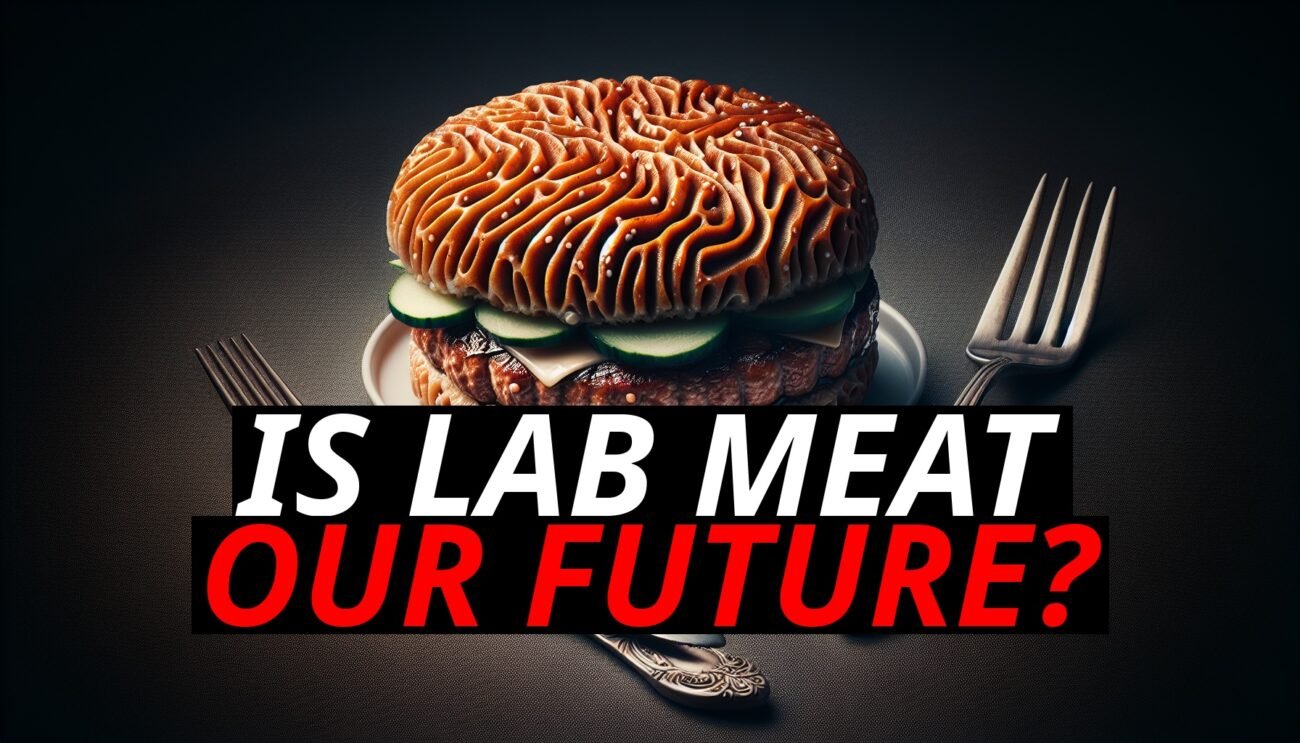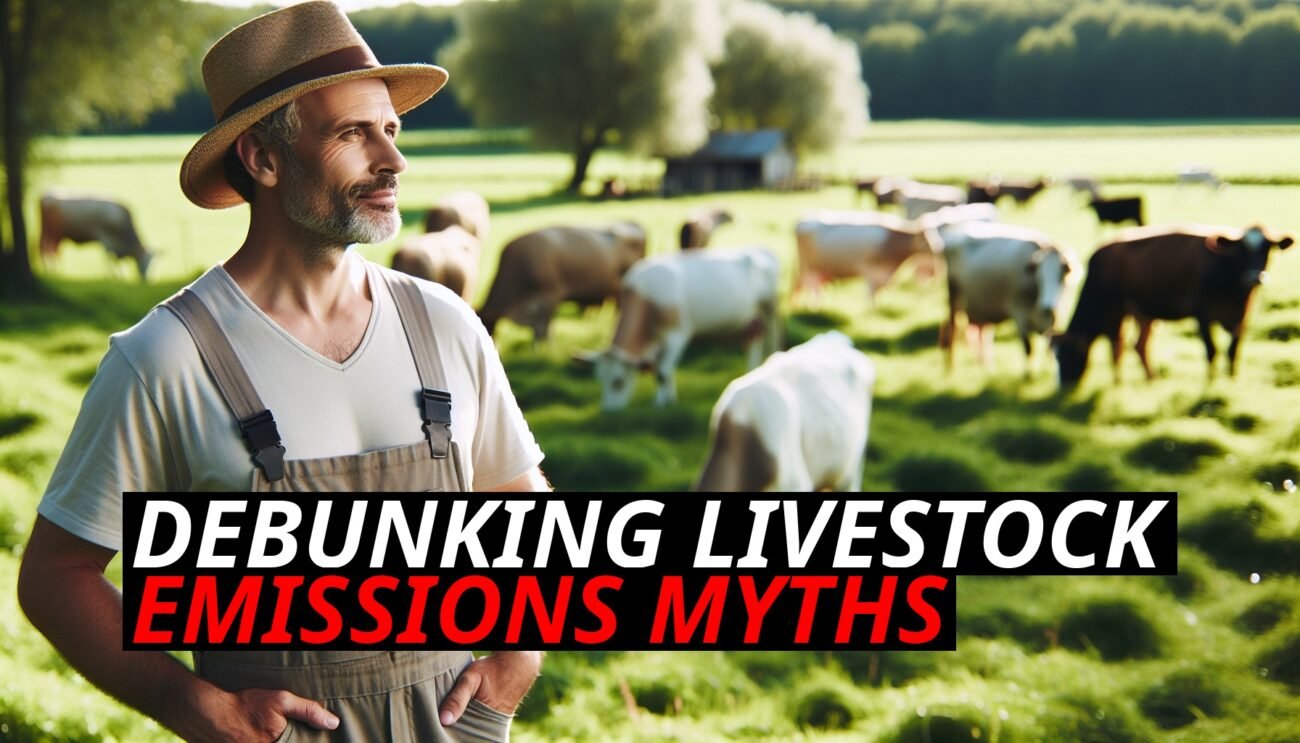What if the solutions to our world’s most pressing environmental challenges weren’t coming from high-tech labs or policy meetings, but from local farmers and engineers who are on the ground, working with nature and practical technologies every day? As the world races toward a green future, there’s a growing realization that top-down mandates and flashy technologies alone won’t cut it. Instead, the real key to sustainability might lie in bottom-up solutions—practices and innovations driven by those who truly understand the challenges and opportunities of the land and machinery they work with.
From regenerative farming to renewable energy innovations, farmers and engineers are proving that the future of sustainability isn’t about imposing new technology from above—it’s about building on the local knowledge and practical expertise that have long been part of our everyday lives. Here’s why grassroots solutions may be the key to creating a greener, more resilient world.
Farmers: Guardians Of Regenerative Agriculture
For thousands of years, farmers have been managing land, growing food, and sustaining communities. But in recent decades, industrial agriculture has dominated the conversation, sidelining the very people who could provide the best solutions for environmental sustainability. Now, with the rise of regenerative agriculture, the wisdom of local farmers is gaining recognition as essential to our green future.
Regenerative Farming Practices: Unlike industrial farming, which often leads to soil degradation, pollution, and loss of biodiversity, regenerative farming focuses on improving soil health, increasing biodiversity, and promoting carbon sequestration. Farmers who practice crop rotation, composting, and integrated livestock management are creating systems that not only provide food but also restore ecosystems. These methods help draw carbon from the atmosphere into the soil, making agriculture a climate solution rather than a problem.
Local Knowledge and Adaptation: Farmers understand the specific needs of their land in a way that broad, generalized policies can never achieve. Their local knowledge allows them to adapt farming techniques to the climate, soil, and culture of their region. This means that instead of relying on one-size-fits-all solutions—like synthetic fertilizers or pesticides—they can create farming systems that are naturally resilient. Supporting these farmers with the right tools and resources can amplify the sustainable practices that are already making a difference.
Reducing Dependence on Industrial Inputs: Many farmers around the world have been able to reduce or eliminate their dependence on chemical fertilizers, pesticides, and GMOs through regenerative practices. This shift not only helps the environment but also increases farmers’ self-reliance. By embracing sustainable farming, farmers are showing that it’s possible to feed growing populations without destroying the ecosystems we depend on.
Engineers: Innovators In Practical Sustainability
While farmers are working to improve the land, engineers are developing the technologies that can support these efforts in ways that are affordable, scalable, and sustainable. The role of engineers in sustainability goes beyond creating the next big thing—it’s about applying practical innovations that solve real-world problems.
Renewable Energy Solutions: One of the most pressing challenges in sustainability is how we generate and use energy. Engineers are at the forefront of developing renewable energy technologies that harness the power of solar, wind, and hydropower. But beyond creating large-scale solutions, many engineers are focusing on small-scale, community-driven energy systems that can be implemented locally and provide consistent, reliable energy.
For instance, microgrids powered by solar panels or wind turbines can bring electricity to rural areas without access to the national grid. These systems are often more cost-effective and resilient than traditional power infrastructure, especially in regions prone to extreme weather events. By working with local communities, engineers are developing energy solutions that are sustainable and tailored to the specific needs of the people who will use them.
Water and Waste Management: In regions where water is scarce, engineers are developing innovative irrigation systems that maximize efficiency and minimize waste. Technologies like drip irrigation and rainwater harvesting are being used to help farmers and communities manage water more sustainably. Similarly, engineers are finding ways to convert waste into energy through biogas systems that can turn organic waste into fuel for cooking and heating, reducing the reliance on fossil fuels.
Repairable and Durable Technologies: One of the biggest challenges with many green technologies is that they’re designed to be replaced rather than repaired. Engineers who focus on repairable and durable technologies are changing that. By creating systems that are easy to fix and maintain, these engineers are helping to extend the lifespan of equipment and reduce the environmental impact of constant production and disposal. This approach is particularly valuable in regions where access to new equipment may be limited, but local repair shops can keep technology running for years.
The Importance Of Bottom-Up Solutions
So why are bottom-up solutions so important? The answer lies in their flexibility, resilience, and ability to tap into local strengths. Top-down mandates often fail because they don’t account for the unique challenges faced by different regions or sectors. What works in one country may not work in another. By contrast, solutions that start from the ground up are inherently more adaptable and rooted in real-world conditions.
Cultural and Environmental Relevance: Bottom-up solutions are developed with an understanding of the local culture, ecosystem, and economy. This means they are more likely to be embraced by the communities they serve. For example, farmers in one region may have developed techniques to cope with drought, while engineers in another area may have devised efficient ways to harness wind power. These innovations are often invisible to outsiders but are critical to achieving sustainability on a global scale.
Empowering Local Communities: When farmers and engineers are empowered to lead the way, it strengthens local communities and reduces dependence on external systems. Farmers who are encouraged to innovate and share their regenerative practices can become leaders in sustainable agriculture. Engineers who develop low-cost, repairable technologies create opportunities for local entrepreneurs and businesses to thrive. This creates a self-sustaining cycle of innovation and adaptation that spreads across regions.
A Model for Global Sustainability: Bottom-up solutions aren’t just about local impact—they offer a model for global sustainability. By focusing on practices and technologies that are adaptable, durable, and efficient, bottom-up solutions can be scaled and shared across borders. The innovations pioneered by local farmers and engineers can inform global strategies for fighting climate change, improving food security, and creating sustainable energy systems.
Alternatives And Real Solutions
The key to sustainable development lies in supporting and scaling the solutions that already exist at the grassroots level. Instead of relying on top-down policies or new, untested technologies, we need to focus on the real solutions that farmers and engineers are already using.
Regenerative Agriculture as a Climate Solution: Investing in regenerative agriculture is one of the most impactful ways we can address climate change while supporting food security. Governments and organizations should work with farmers to promote practices like no-till farming, agroforestry, and cover cropping—all of which restore the land while producing food. These practices don’t just help the environment; they also provide farmers with more resilient crops and reduce their reliance on expensive inputs like fertilizers and pesticides.
Decentralized Energy Systems: To address the energy needs of developing regions, we need to invest in decentralized, renewable energy systems that are tailored to local conditions. Solar microgrids, wind turbines, and other small-scale systems can provide reliable power without the need for massive infrastructure projects. These solutions not only reduce emissions but also provide energy security to rural communities.
Repairable Technology: Engineers should prioritize creating repairable and modular technologies that can be easily fixed and adapted over time. This not only reduces e-waste but also creates local jobs and extends the life of valuable equipment. By designing technologies that can be maintained by local technicians, we ensure that communities have control over their energy, water, and waste systems.
Conclusion: Building A Greener Future From The Ground Up
The path to sustainability doesn’t lie in sweeping mandates or top-down technological solutions. It lies in the hands of farmers and engineers, whose deep understanding of the land and practical technology offers a blueprint for a greener future. By focusing on bottom-up solutions that empower local communities, respect cultural knowledge, and embrace practical innovation, we can build a world where sustainability isn’t just a goal—it’s a way of life.
And the best part? The solutions are already here—we just need to support the people who know how to implement them.













